The town of Sapa, celebrated as the ‘town of clouds’, is an enchanting and striking corner of Northwest Vietnam. At a glance, it captivates travellers with its stunning cascading terraced rice fields, luscious valleys and verdant mountains. This natural beauty makes Sapa one of the most beguiling destinations in the country. Sapa is also distinguished by its rich culture of local ethnic minorities.
Many customs and beliefs have been preserved here, making it a unique environment. The hill tribe villages, home to the Hmong, Dzao and Tay, have existed for hundreds of years and still maintain their culture and traditions. Travellers can enjoy the local life, with its colourful ethnic costumes, dances and songs. This will be an experience to remember for years to come. In order to prepare for the successful trip, you must know top 10 things to do in Sapa Vietnam.
Best Time to Visit Sapa Vietnam
Situated at an altitude of 1,560 meters above sea level, Sapa boasts a sub-temperate climate throughout the year. The four distinct seasons, each with an average temperature of 15.4°C, make it the perfect place to discover this mountainous town.
Spring, from March to May, is the ideal time to visit, when the wildflowers are in full bloom and the local hill tribes celebrate their unique culture with a variety of festivals. April, in particular, offers a rare opportunity to experience all four seasons of Vietnam in a single day!
From September to November when the hot summer has passed, Sapa becomes a photogenic paradise. September is the perfect time to take stunning photos of the yellow rice terraces. Winter time, from December to February, occasionally brings thick white snow, offering an extraordinary opportunity to witness snow-capped mountains in the tropical country of Vietnam – a once in a lifetime experience.
Discover 10 Best Things to Do in Sapa
Sapa, located 350km north of Hanoi near the Chinese border, is renowned for its stunning views of the valley with its rice fields, mountains soaring above and fog rolling in over the peaks. Even when the fog is thick and the view obscured, the city is still vibrant with the colourful presence of its local hill tribes. Let’s discover 10 best things to do in Sapa.
Visiting Sapa Town
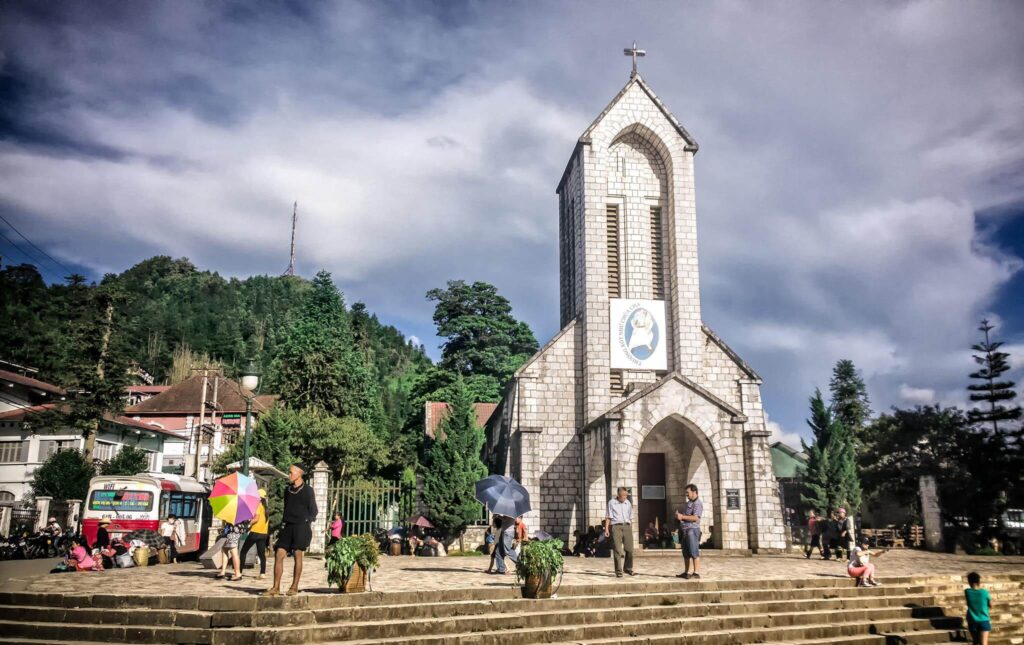
Exploring Sapa, though it has lost its cozy picturesque atmosphere, presents some interesting sights. The old stone church in the city center and the local market, bustling with minority groups on weekends, provide a glimpse into the city’s past. The museum offers insight into the different ethnicities that have left their mark on the area. Enjoy a stroll around the lake, or take in the view of the city from Ham Ruong Mountain for an unforgettable experience.
Trekking
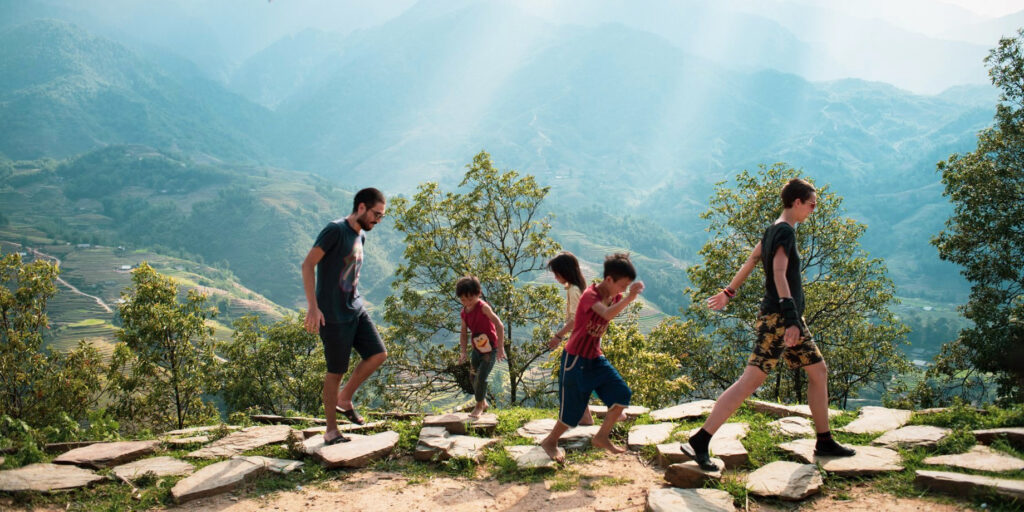
A great way to experience Sapa is by trekking! Half-day, full-day, or multi-day treks are available, letting you spend the night at a homestay and explore the beautiful rice fields. Connect with the locals and discover what makes this area so special.For the perfect trekking adventure, Sapa tours are available including sightseeing and visits to local markets. Don’t miss out on this unmissable experience!
Admiring Terrace Rice Fields
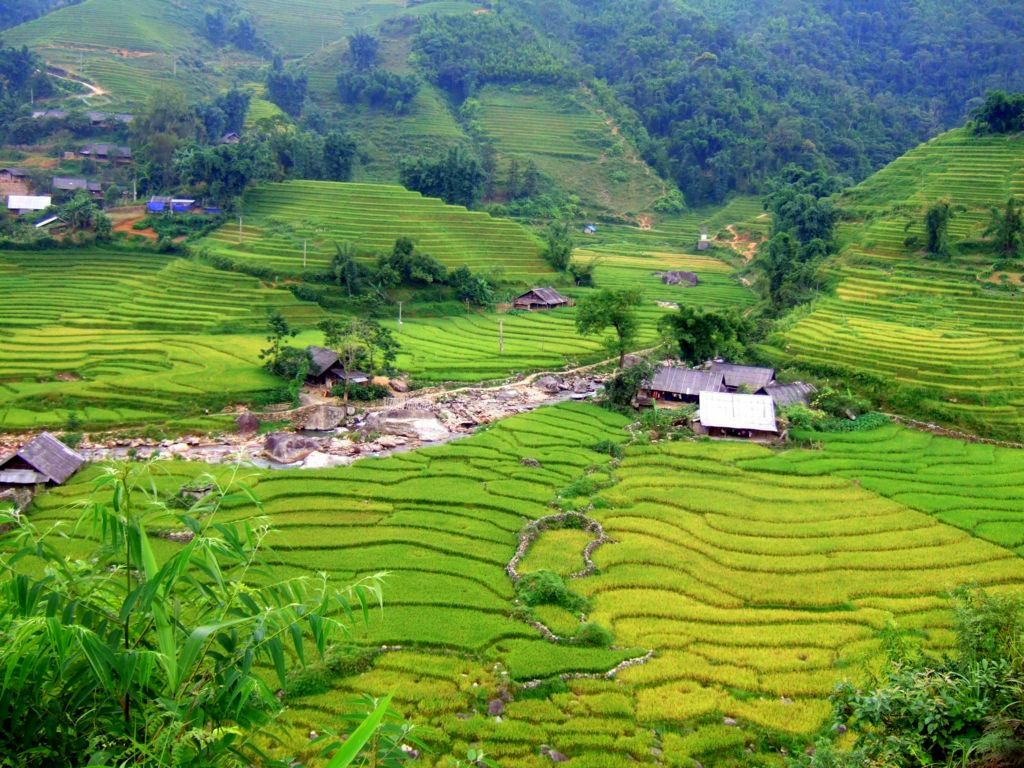
Travelers are attracted to this mountain town for its remarkable Sapa rice fields. Captivating Muong Hoa valley terraced fields extend from the base to the summit of the mountains. The locals cultivate rice and settle nearby, frequently at the foot of the mountains. The scenic rice terraces look like they are taken from a travel brochure. To get the best experience, take a trekking tour or drive around by car or motorbike.
Visiting mountain tribes villages

Visiting Sapa provides a unique opportunity to experience the culture of the mountain tribes. These ethnic minorities, including the HMong, Dao, Tày and Giay, have lived in the mountains and off the land for generations. To discover their way of life, explore the local villages outside of Sapa. Trekking tours offer a great way to get acquainted with the various customs, languages, and traditions of the area, and driving or motorbiking is also an option.
Lodging in a Homestay
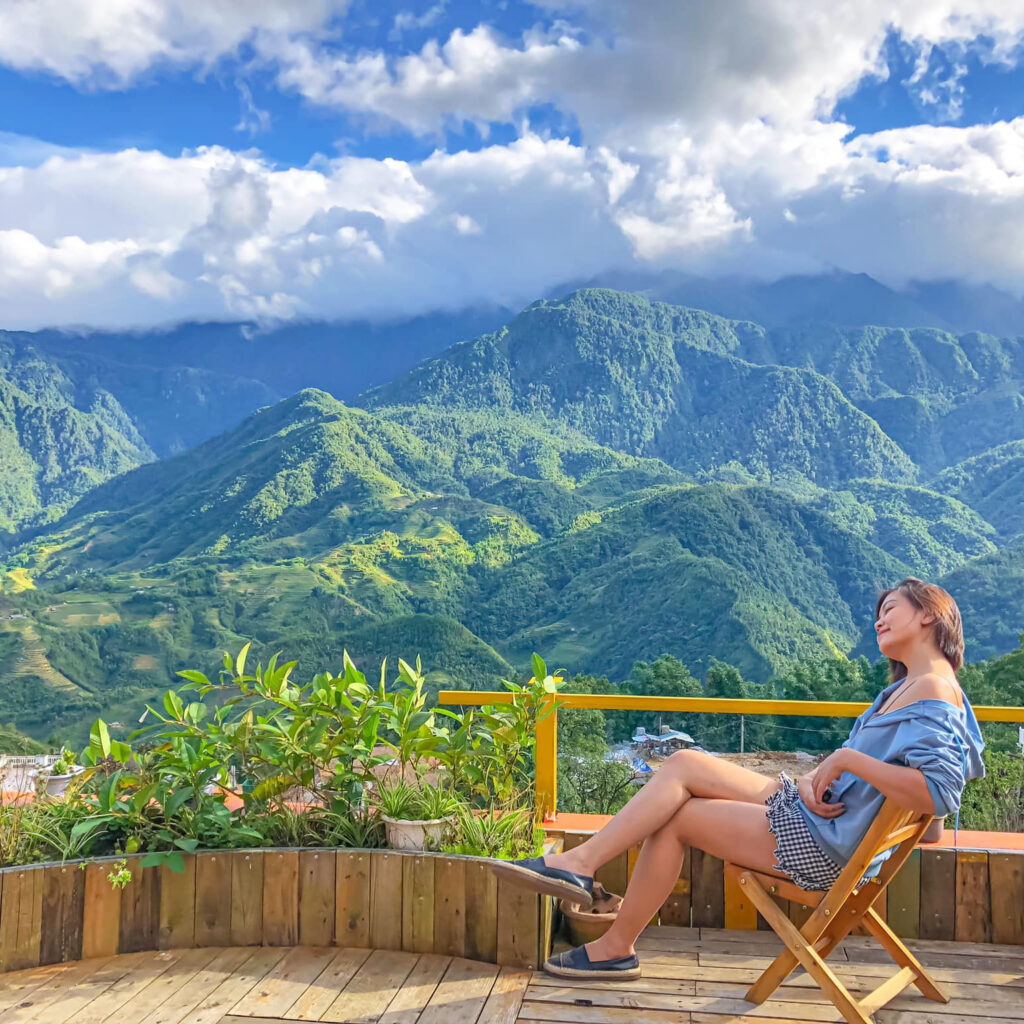
Complete your exclusive rural minority experience by lodging in a homestay. Sapa and the surrounding villages have many homestays. Spending a night in a hill tribe family’s home has the most unique feel. Though the place may be simple and not too comfortable, the experience is truly remarkable! During the evening, you can savor a family dinner. Wrap up your day by soaking in a traditional herbal bath or drinking rice wine with the clan. It’s an experience that you’ll never forget.
The best option is to incorporate a homestay overnight stay with a multi-day hike. For example, if you opt for a two-day trek, you’ll spend the night in a local homestay and keep on walking the following day, going to places far away from the usual tourist routes.
Exploring a Mountain Market
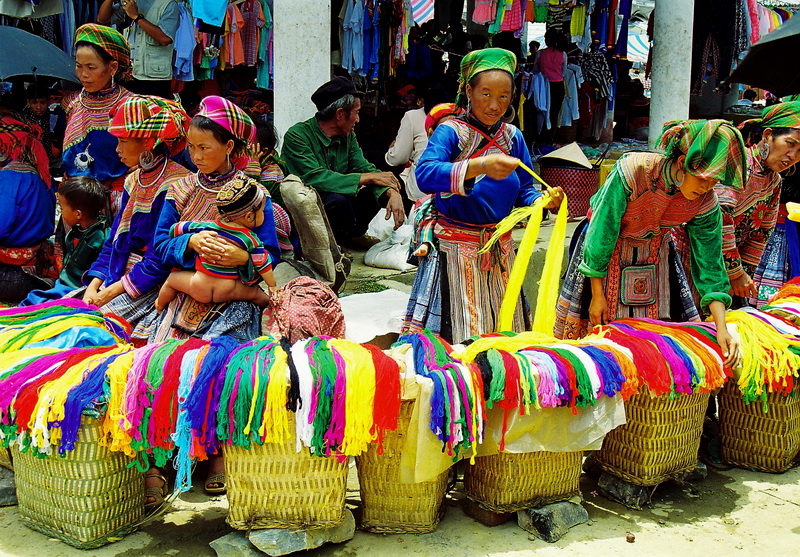
Exploring a mountain market in Sapa is one of the most exciting experiences. With local hill tribes trading their homegrown produce, you can find an array of items from clothing and pieces of cloth, to brocade and jewelry, to phones and chargers. The most captivating part of the market is the livestock section. You can witness traders inspecting each animal thoroughly before making a trade. Although it might seem like chaos, the atmosphere is surprisingly cozy with vibrant colors of traditional clothing and the bustling crowds.
The most famous market in the area is the Bac Ha market, held on Sundays. But there are several other markets around Sapa that are worth a visit.
Visiting Fansipan Mountain
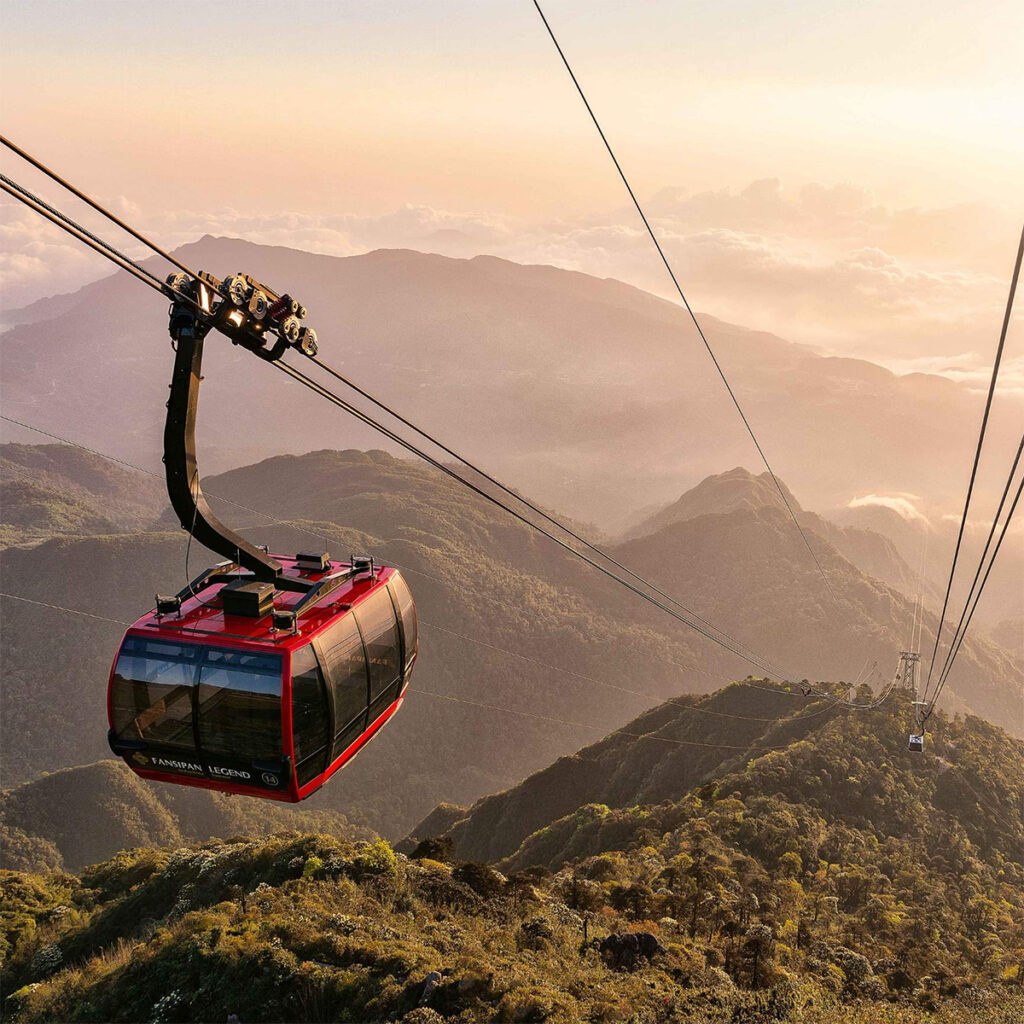
Fansipan is the highest peak in Vietnam, and a must-see attraction. In the past, the only way to get to the top was by a long, arduous climb of two or three days. However, nowadays, a cable car provides a 15-minute journey from the station in Sapa to the summit. Several temples and pagodas have also been constructed around the mountaintop, providing a great view of the surrounding range when the weather is clear.
Tram Ton Pass
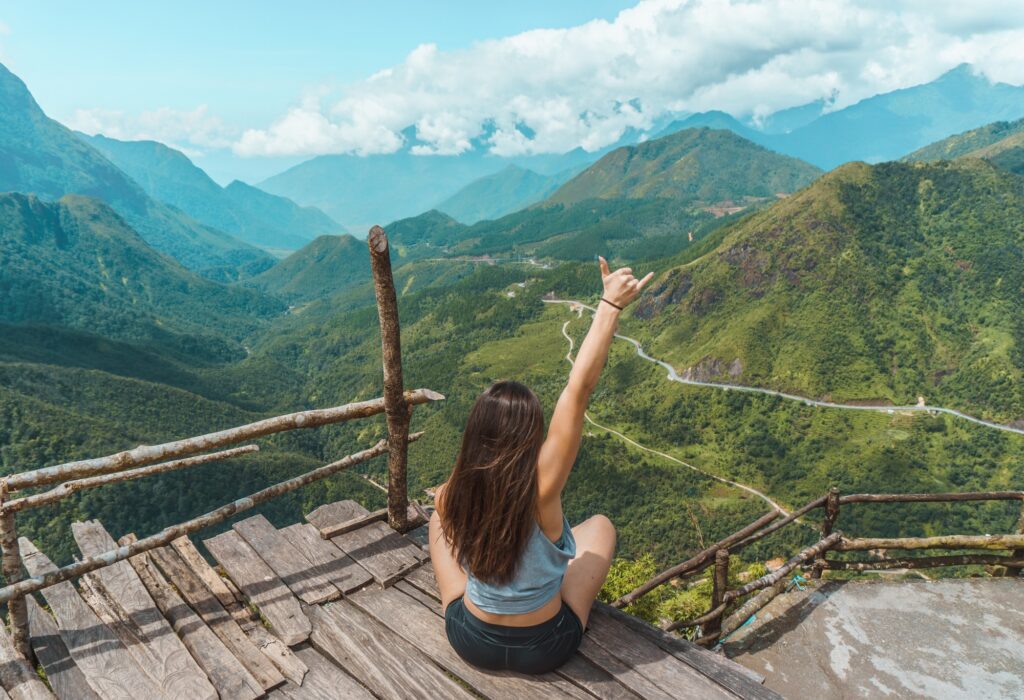
Not far from Fansipan and across from Sapa lies the highest mountain pass in Vietnam – Tram Ton Pass. A journey by car or motorcycle here is filled with spectacular views. Before descending, be sure to take a break at the viewpoint located at the summit. After taking in the views, many opt to return to Sapa, but if you have more time, why not venture further and explore Lai Chau? Along the way, you’ll get to experience some of the most picturesque mountains in Vietnam.
Waterfalls
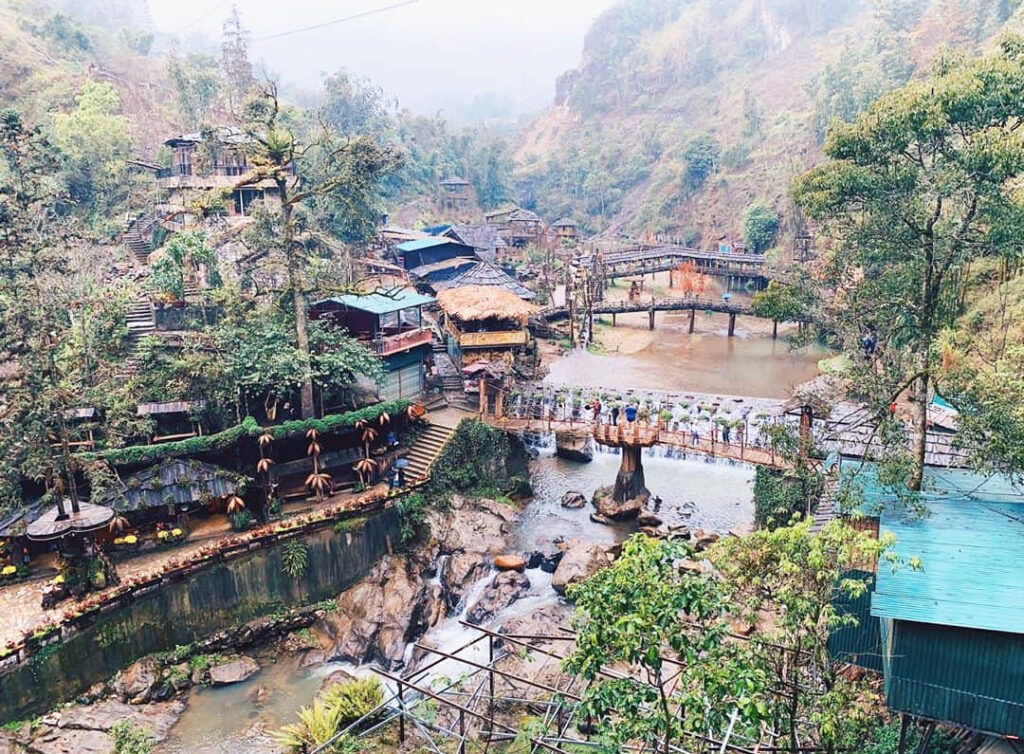
Take a road trip through Tram Ton Pass and explore some of the stunning waterfalls in Sapa, including the Silver Waterfall, located just off the road. To get to the Silver Waterfall, you’ll need to take a 30-minute hike, but the reward is a unique and secluded experience.
Exploring Sapa by Bike or Motorbike
For those seeking an alternative to trekking in Sapa Vietnam, a motorbike or mountain bike ride can be an exciting and enjoyable option. Motorbikes provide the chance to venture further from the tourist trail, while mountain biking can give you a unique view of the varied landscapes. If you’re a beginner or inexperienced rider, it’s best to go with a local guide on the back of a motorbike.
How to Get Sapa from Hanoi
Reaching Sapa via road or rail is a must due to its location in the Northwest mountains with no nearby airport.
By Train
To get there, taking the train to Lao Cai is the best option, then take a bus or taxi to the town. The 8-hour journey from Hanoi offers beautiful mountain views. Vietnam Railways operates two daily express trains from Hanoi’s Gia Lam Station, departing at 9:35 and 10:00 PM. The train only stops at major stations, providing an uninterrupted journey.
By Bus
Taking advantage of the new expressway Hanoi – Lao Cao, a journey to Sapa from Hanoi can now be completed in just 5 hours via shuttle bus. Prices range from 220,000 VND to 450,000 VND (approximately 10-20 USD) and the direct service saves travelers time on transfers to the town.
By Motorbike
A motorbike or scooter ride to Sapa from Hanoi is a 10 hour journey, taking you through rugged, mountainous terrain and offering spectacular views. However, it is not recommended for novice riders. An international driver’s license is necessary to rent and ride a motorbike in Vietnam. Remember to pack warm layers as the temperature can drop at night.


Comments